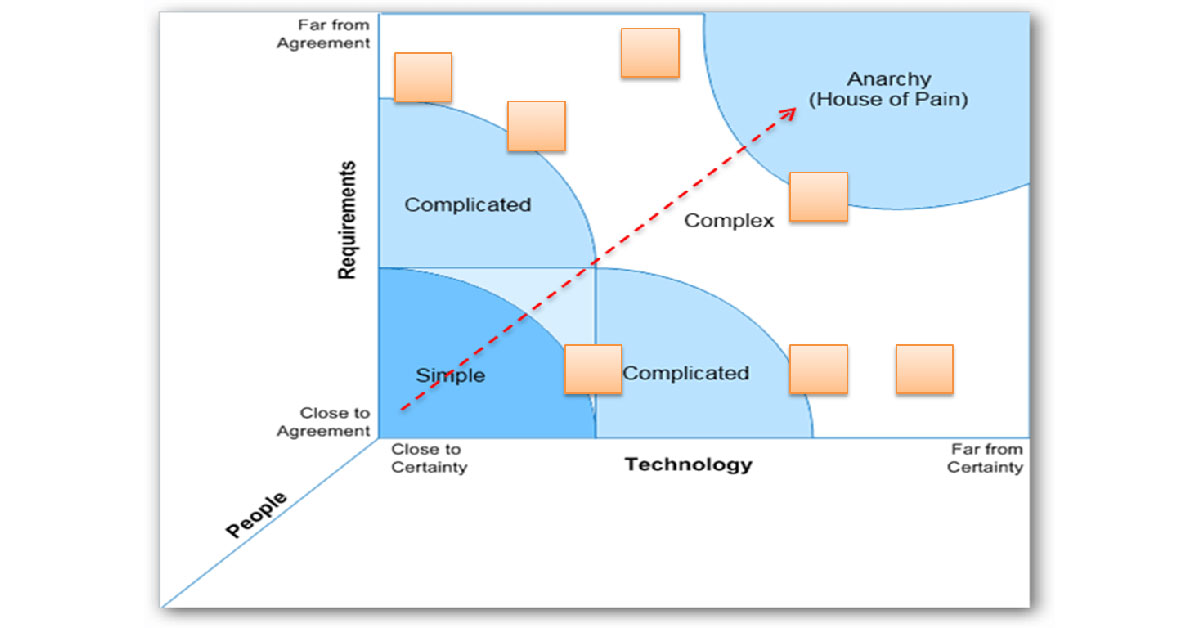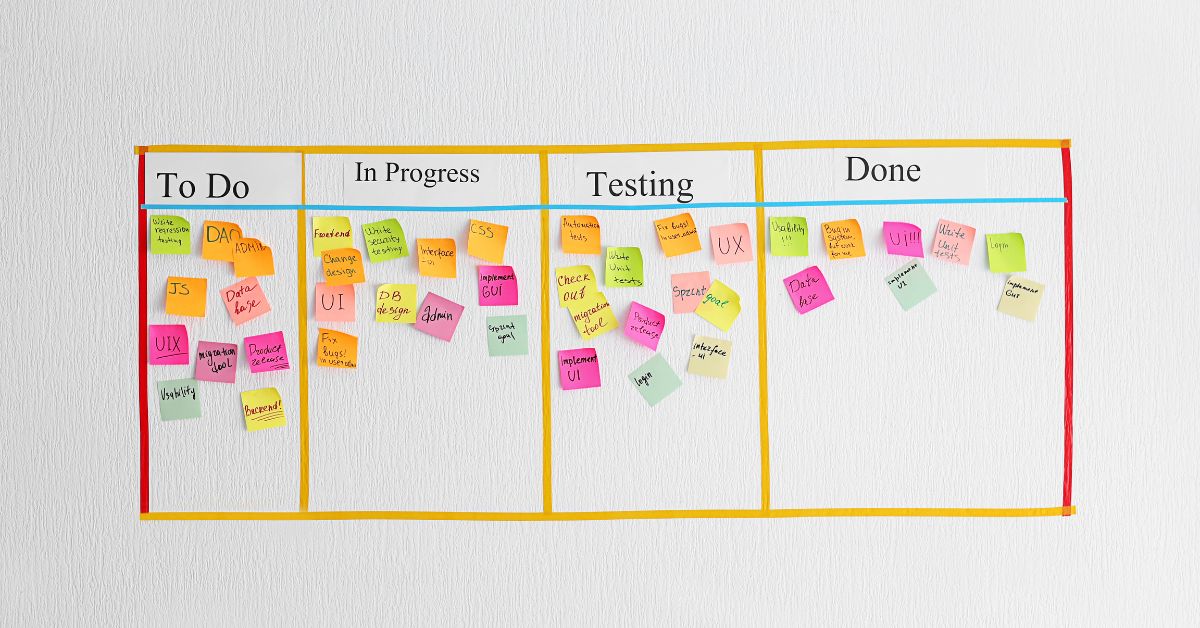
Please don’t come to our Implementing SAFe SPC workshops
Seriously, please don’t come.
Don’t come if you’re looking at it as a formality since you already know everything about agile and just need the SPC (SAFe Program Consultant) Certificate.
Don’t come if you’re looking for the cheapest way to get your SPC so that you can add it to your resume.
Don’t come if you don’t know anything about agile and believe the SPC is your silver bullet to becoming an agile coach at the enterprise level.
Don’t come if you’re looking for the certificate rubber stamp.








